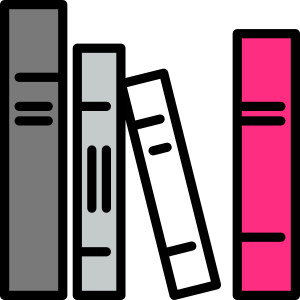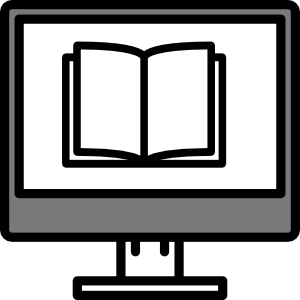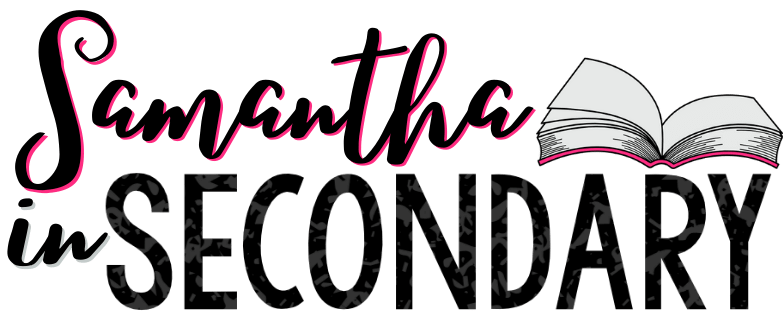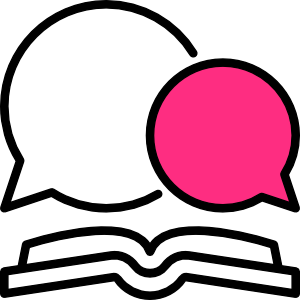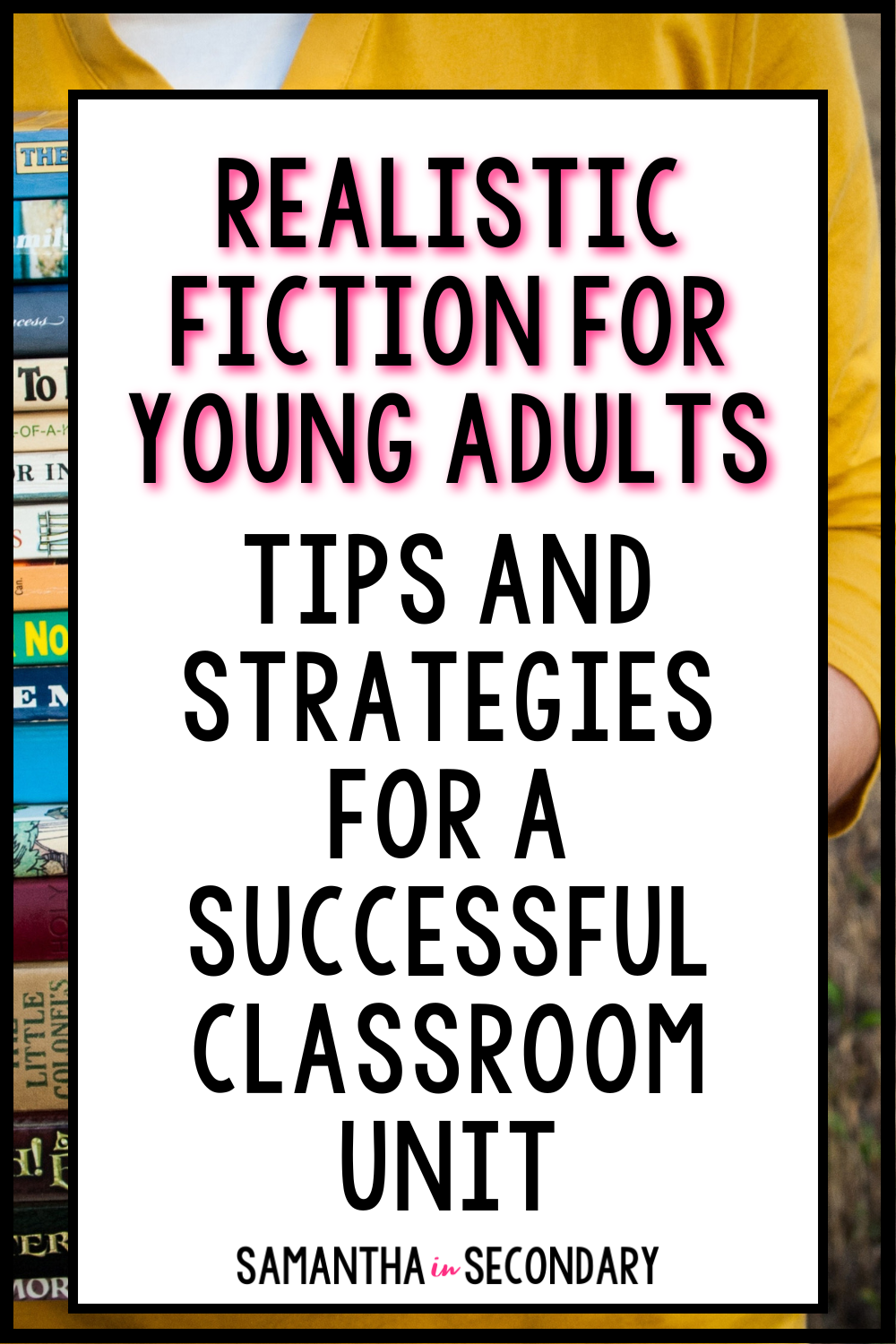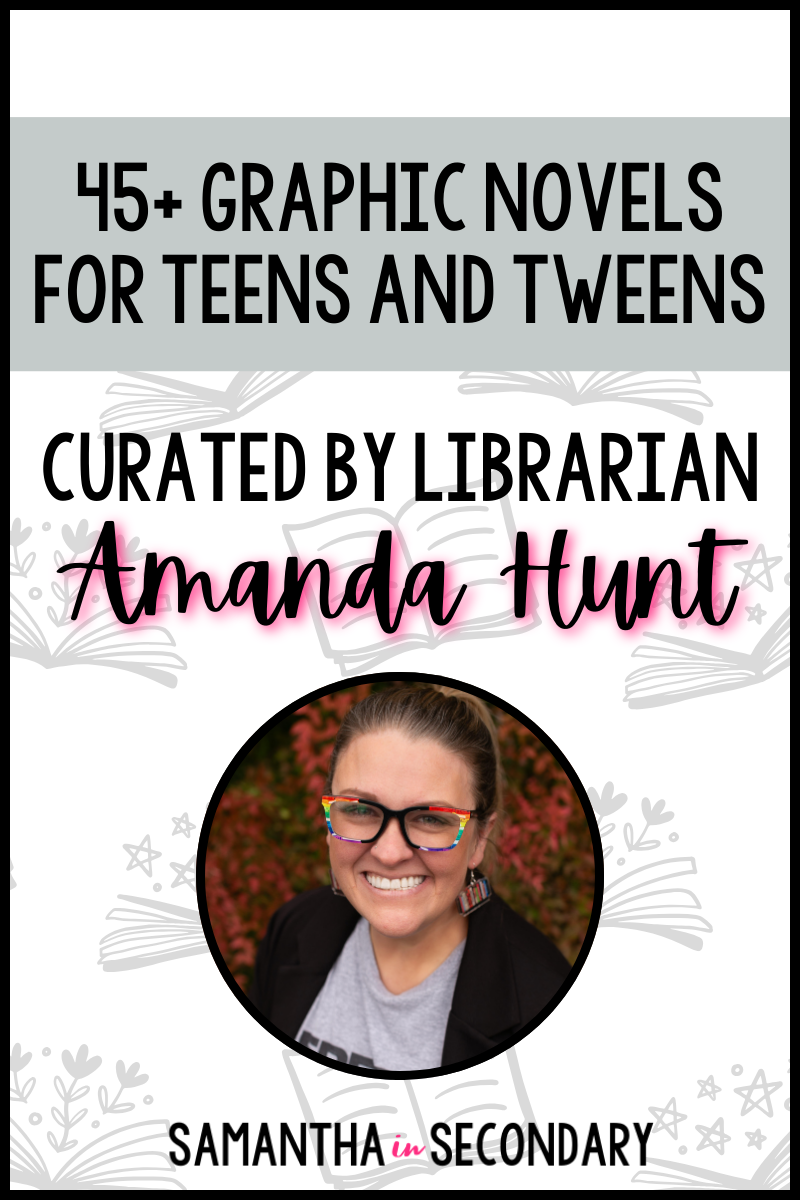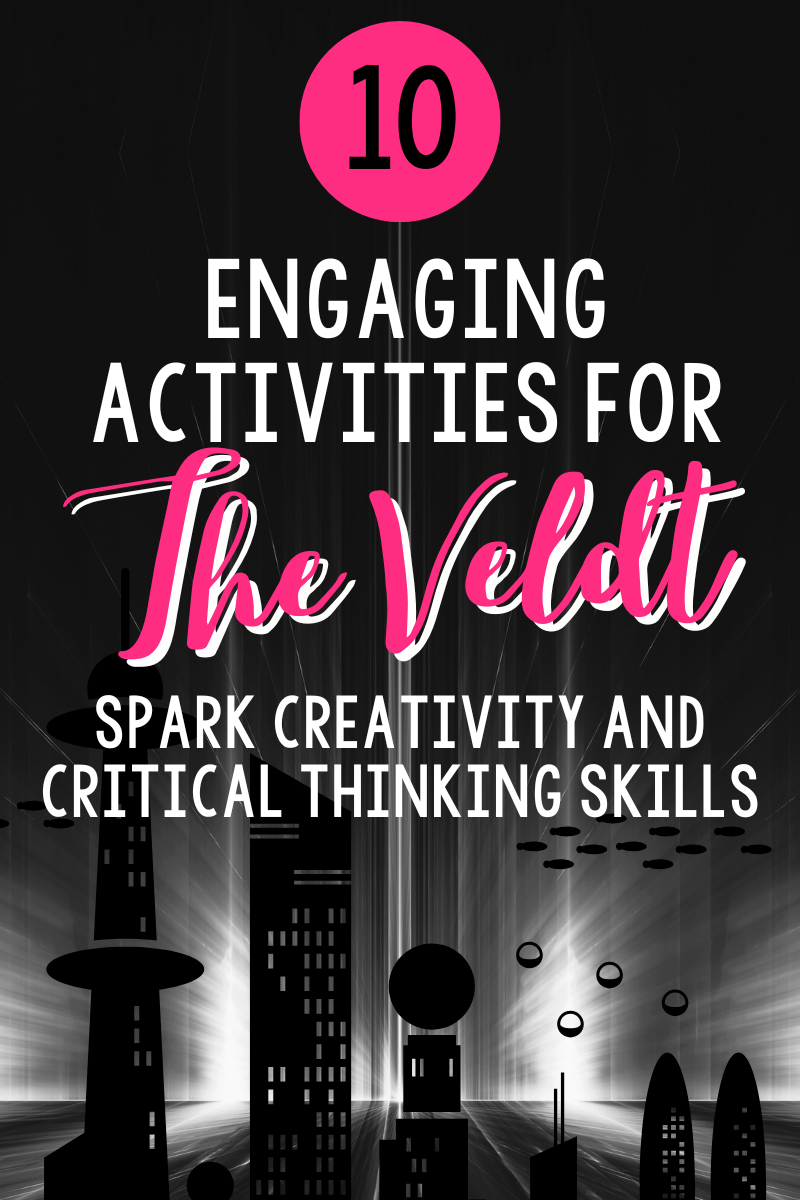Whether you’re teaching middle school or high school English Language Arts, close reading is an incredibly effective way to teach students to engage with a text. There are many ways to approach close reading, but I have found a method that works really well for me that I perfected over years of teaching. It is often hard enough to get our students to read a text once let alone multiple times, so these steps have really helped to create a predictable routine that students use throughout the year.
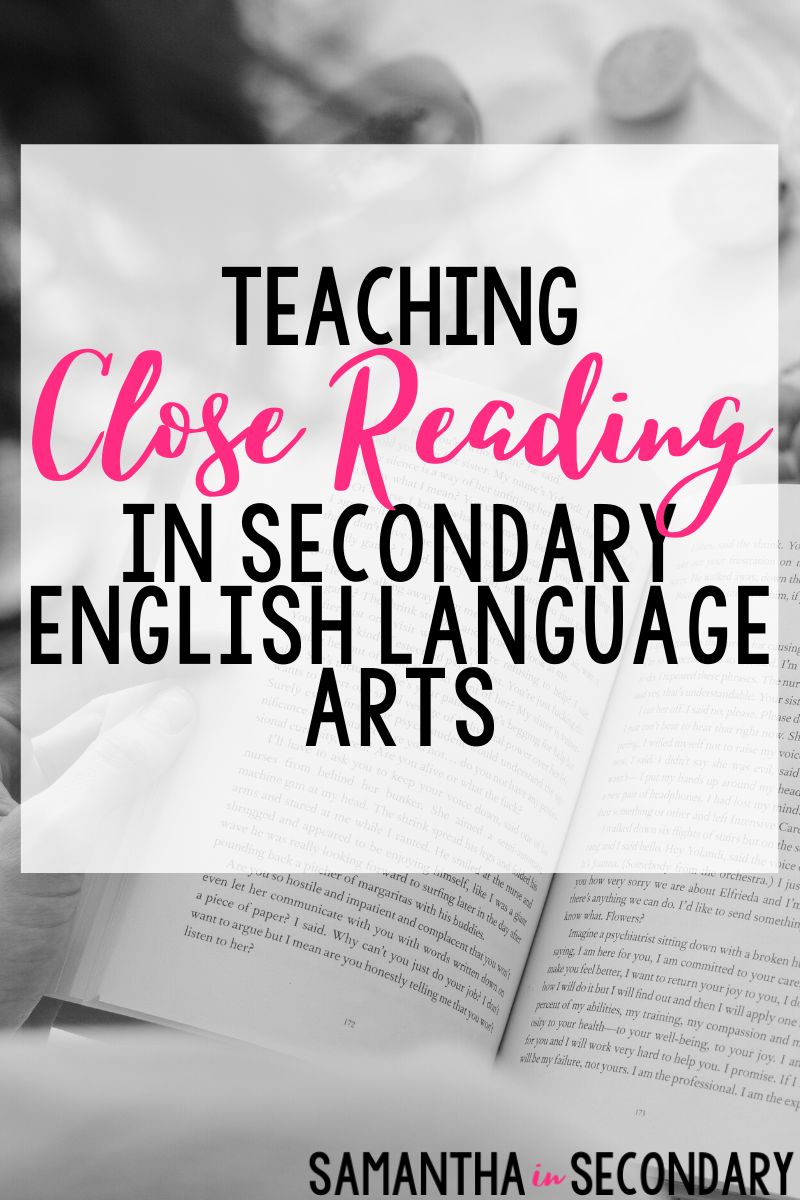
Make Close Reading a Priority
At the beginning of the school year, I teach my close reading process using an engaging text. I love to pick something inspiring like Barack Obama’s “What is Your Own Big Plan?” speech. I make sure there is a poster on the wall with the close reading steps for reference and pass out bookmarks for students to keep. (You can grab a free set of these below!) If you haven’t started the process at the beginning of the year, that’s okay. Start where you are and remain consistent throughout the rest of the year. Your students will benefit from any practice they get with this system.
The Close Reading Process
Step 1: Read.
The first read should be a “cold read” where students just read to get the main idea of the text.
For my students who have a really hard time focusing, I’ll often let them bring a few items in from step 2 early such as only underlining words they don’t know while we complete that first read.
As students get more familiar with this process, some will begin the steps early and number the paragraphs before we even begin reading the first time. In my opinion, that’s totally fine. Allowing students to own the process and make adjustments based on what works for them is a great way to help them take ownership of their learning.
Step 2: Annotate.
During the students’ second read, I ask them to really dig into the text. Here are the steps:
- Number the paragraphs. (This is a great tool for students to reference when providing evidence in their writing.)
- Underline words you don’t know and define them in the margins.
- Highlight important pieces of text. (For fiction, I tell students to focus on elements that would fall on the plot diagram. For non-fiction, I tell students to focus on the most important information or arguments. Some students may need extra instruction on this. Many of them like to highlight the entire text.)
- Left Margin: Stop and summarize at key points in the text. (What is the author SAYING?)
- Right Margin: What is the author DOING? Describing, illustrating, comparing, etc. This is where you can really get into the higher-level thinking. Sometimes I will ask students to look for something specific (like figurative language or symbolism). This piece is flexible to support your teaching goals.
Step 3: Engage with the text.
This is where you should provide an opportunity for students to engage with the text in a meaningful way. Students can answer relevant comprehension questions, participate in discussion, or complete an activity that demonstrates understanding of the text. I like to get creative with these assignments to increase participation.
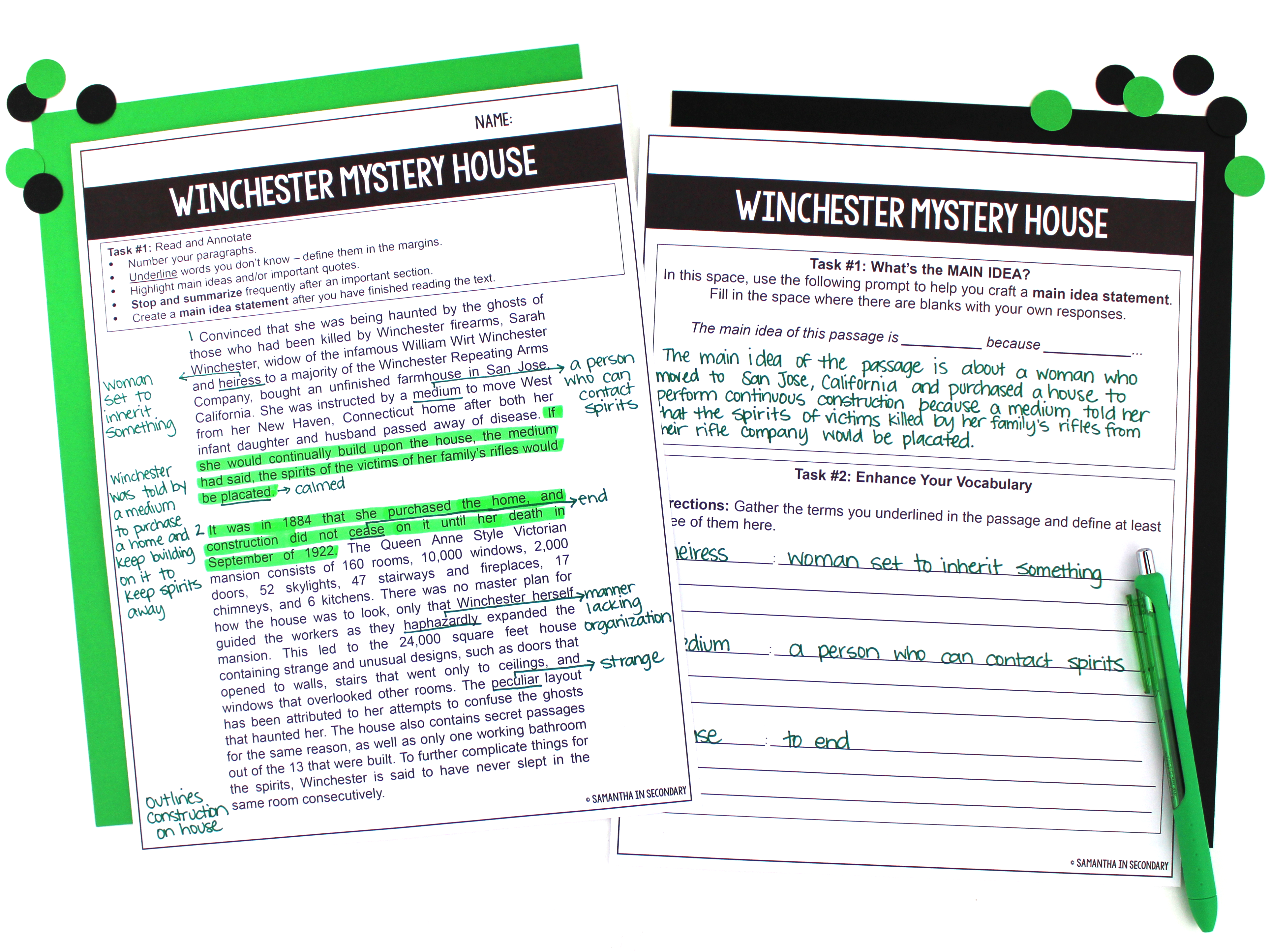
Choosing the Right Text
Choosing the right text to closely read is as important as the process itself. The text shouldn’t be too long and it should have plenty of material worth discussing. If you’re working on a novel, an excerpt is always best.
Ready to try close reading now?
All of my close reading activities are set up to follow this process. Click the link to check out my pre-made activities that are both digital and printable!
Do you use close reading in your classroom? How does your process differ from mine? I’d love to hear about it in the comments below or you can follow me on Facebook or Instagram to join in on the conversation.
Happy teaching!

